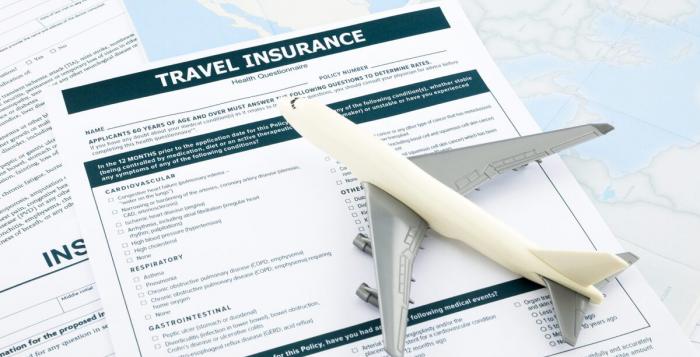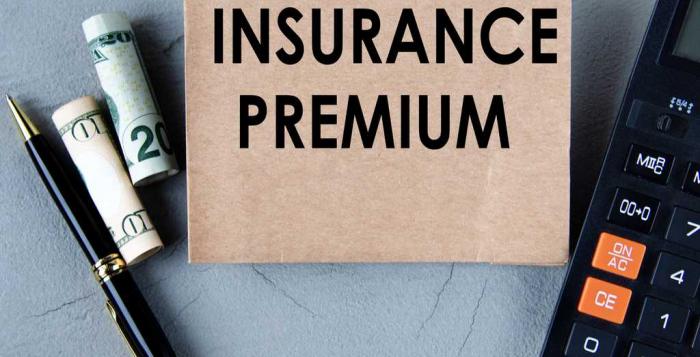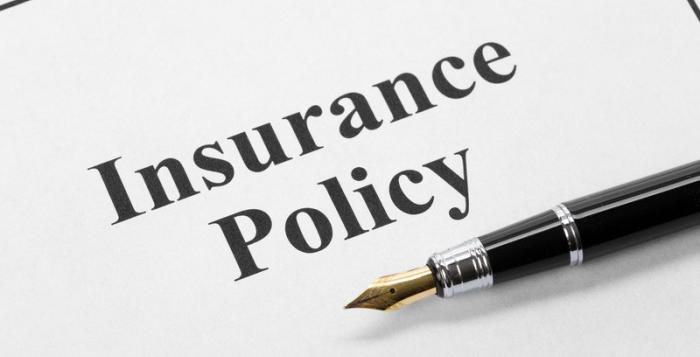Choosing the right homeowners insurance policy is crucial to protecting one of your most valuable assets—your home. With so many options available, it can be overwhelming to figure out which policy offers the best coverage for your needs. Here’s a step-by-step guide to help you make an informed decision.
1. Understand the Basics of Homeowners Insurance
Homeowners insurance is designed to protect your home and personal belongings from unexpected events like theft, fire, or natural disasters. Most policies offer three main types of coverage:
- Dwelling Coverage: Protects the structure of your home, including walls, roof, and floors.
- Personal Property Coverage: Covers your belongings, such as furniture, appliances, and clothing.
- Liability Coverage: Provides protection if someone is injured on your property and decides to sue.

2. Determine the Value of Your Home and Belongings
Before selecting a policy, it's important to assess the value of your home and your possessions. This will help ensure you have enough coverage in the event of a major loss. Consider the following:
- Home’s Replacement Cost: How much it would cost to rebuild your home if it were destroyed.
- Value of Personal Belongings: Estimate the cost of replacing items like electronics, furniture, and clothing.
Some insurers offer replacement cost policies that cover the full cost of rebuilding your home and replacing belongings without factoring in depreciation.
3. Evaluate the Coverage Limits
Different insurance companies offer varying coverage limits, which are the maximum amounts they will pay out for different types of claims. You’ll need to evaluate these limits carefully:
- Dwelling Limit: Ensure it matches the cost of rebuilding your home.
- Personal Property Limit: This should be enough to replace your belongings in case of theft or damage.
- Liability Limit: Consider choosing higher liability limits if you entertain guests frequently or own assets that may make you a target for lawsuits.
4. Consider Additional Coverage Options
Standard homeowners insurance policies may not cover everything you need. Here are some additional coverages to consider:
- Flood Insurance: Standard policies do not cover flood damage. If you live in a flood-prone area, you may need to purchase separate flood insurance.
- Earthquake Insurance: This is typically an add-on to a standard policy if you live in a region prone to earthquakes.
- Sewer Backup Coverage: Covers damage caused by sewer backups, which is usually excluded from standard policies.
- Valuable Items Coverage: For high-value items like jewelry, art, or electronics, you might need additional coverage or riders to protect these assets.
5. Compare Deductibles
A deductible is the amount you’ll need to pay out-of-pocket before your insurance kicks in. When selecting a homeowners insurance policy, you’ll need to decide on the deductible amount. Higher deductibles generally lower your premium, but they also mean you’ll pay more if you file a claim. Evaluate your financial situation to decide whether you prefer a lower premium or lower deductible.
6. Shop Around and Compare Quotes
One of the best ways to ensure you're getting a good deal on homeowners insurance is to shop around and compare quotes from different providers. Consider the following:
- Policy Costs: Compare premiums, deductibles, and the total cost of each policy.
- Company Reputation: Look at reviews and ratings of the insurance company to ensure they have a history of good customer service and claims handling.
- Discounts: Some insurers offer discounts if you bundle homeowners insurance with other policies like auto insurance or if you’ve taken steps to protect your home, such as installing a security system or smoke detectors.
7. Review the Insurer’s Claim Process
Understanding the claims process of the insurance company is essential. A quick and easy claims process can save you a lot of stress when you need it most. Consider the following:
- Claim Response Time: Research how long it typically takes for the company to respond and settle claims.
- 24/7 Support: Look for an insurer that offers 24/7 customer service and claim filing options.
- Customer Satisfaction: Check online reviews and third-party ratings (like J.D. Power) for feedback on the company’s claim process.
8. Review the Policy Annually
Your insurance needs can change over time, so it's important to review your policy every year. If you've made significant improvements to your home or purchased valuable items, you may need to adjust your coverage. Additionally, you can re-evaluate your deductible or shop for better deals at renewal.

Choosing the right homeowners insurance policy involves understanding your needs, evaluating coverage options, comparing costs, and ensuring you’re working with a reliable insurer. By following these steps, you can find a policy that provides adequate protection for your home and peace of mind in case of unforeseen events.

.jpg)








